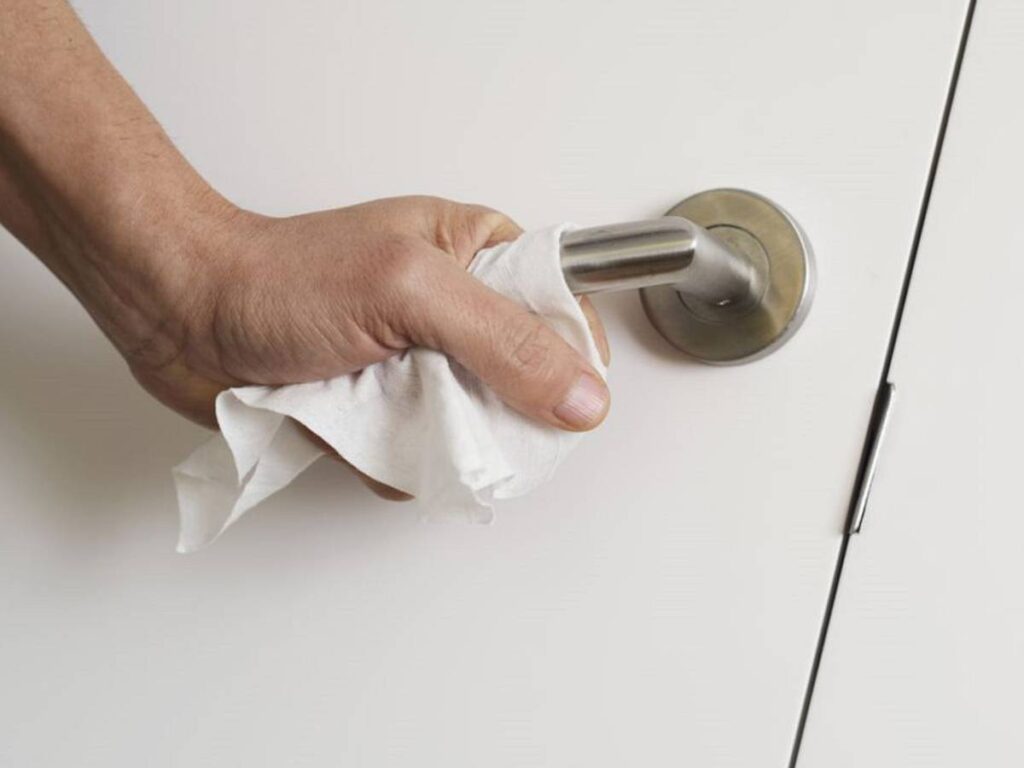Areas of Expertise

Hoarding Disorder
Hoarding Disorder is a mental health condition that affects 2-4% of people across the world. Someone with Hoarding Disorder has a persistent difficulty letting go of possessions that may appear to be of little value to others. They may also have trouble with excessive acquisition (e.g. purchasing items, obtaining free items or “deals”) or difficulty making decisions (e.g. which papers are ok to discard, where to store possessions). Over time, possessions begin to take over more and more of their living space. Hoarding symptoms may range from mild (do not really impact the person’s life) to severe (cause significant disruption in their functioning on a daily basis).
Anxiety Disorder
Occasional anxiety is normal. However, about 30% of adults suffer from conditions that result in intense, persistent anxiety that is difficult to control. Fears or worries can become overwhelming and interfere with daily routines. Despite being common, these conditions are treatable and the majority of adults who undergo CBT treatment are able to significantly improve their symptoms. Specific phobias are the most common anxiety conditions and consist of a persistent, irrational fear of objects or situations that pose little threat but trigger intense anxiety or avoidance. Common phobias include fears of flying, driving, enclosed spaces, heights, needles, animals, choking, vomiting, or loud noises. Social Anxiety is a persistent fear of social situations or specific performance related situations (e.g. public speaking). A panic attack is a sudden onset of intense fear accompanied by physical symptoms (e.g. heart racing, sweating, dizziness, nausea, shortness of breath). Panic attacks can be triggered by feared situations or they can come on unexpectedly. Panic Disorder is diagnosed when someone experiences recurrent panic attacks and worries intensely about having another one or changes their behavior in order not to experience panic attacks. Agoraphobia is a fear of situations or places where escape may be difficult or embarrassing. Often people with this fear will avoid public places, driving, crowds, or leaving the house alone.

Obsessive Compulsive Disorder (OCD)
OCD is a neurobiological condition that affects about 2% of individuals at some point in their lives. It usually starts in childhood and runs in families although symptoms may look different from person to person. Most people experience obsessions and compulsions. Obsessions are unwanted, intrusive thoughts, images, or impulses that cause intense distress. While most people experience these thoughts and can dismiss them, someone with OCD experiences repetitive intrusions that they can’t get rid of. Most people will engage in compulsions as a way to neutralize or rid themselves of these thoughts. In the short-term, compulsions may temporarily reduce distress. In the long-term, compulsions may become time-consuming and disruptive to daily routines.
Resources
For more information on OCD, Hoarding, and Anxiety Disorders and the CBT treatment that I provide, please visit the following websites:
- International OCD Foundation (www.iocdf.org) – OCD and hoarding websites
- OCD RI – www.ocdri.org
- Anxiety & Depression Association of American (www.adaa.org)
- Association for Behavioral and Cognitive Therapies (www.abct.org)
